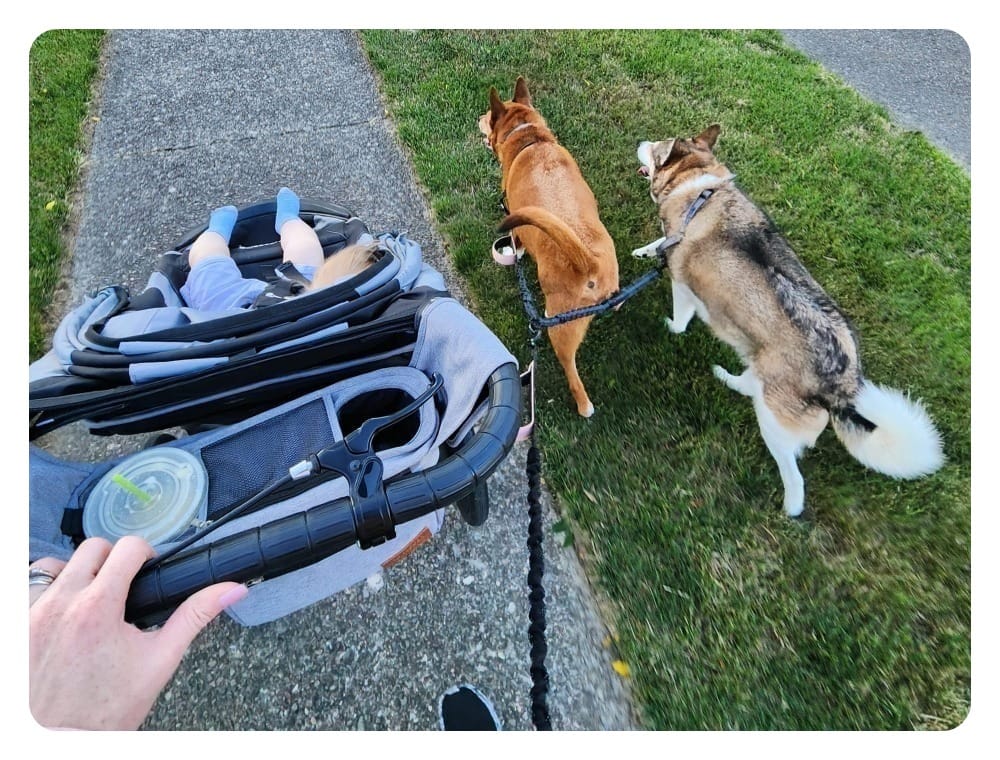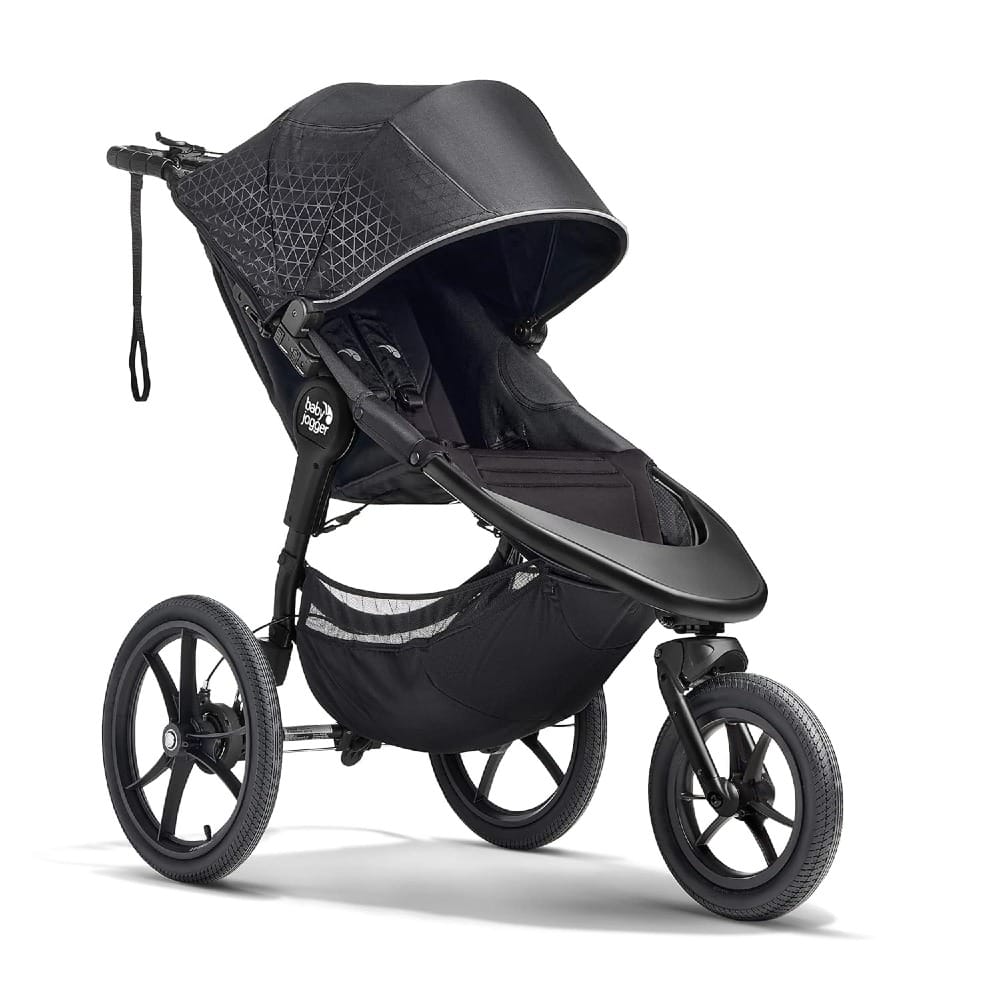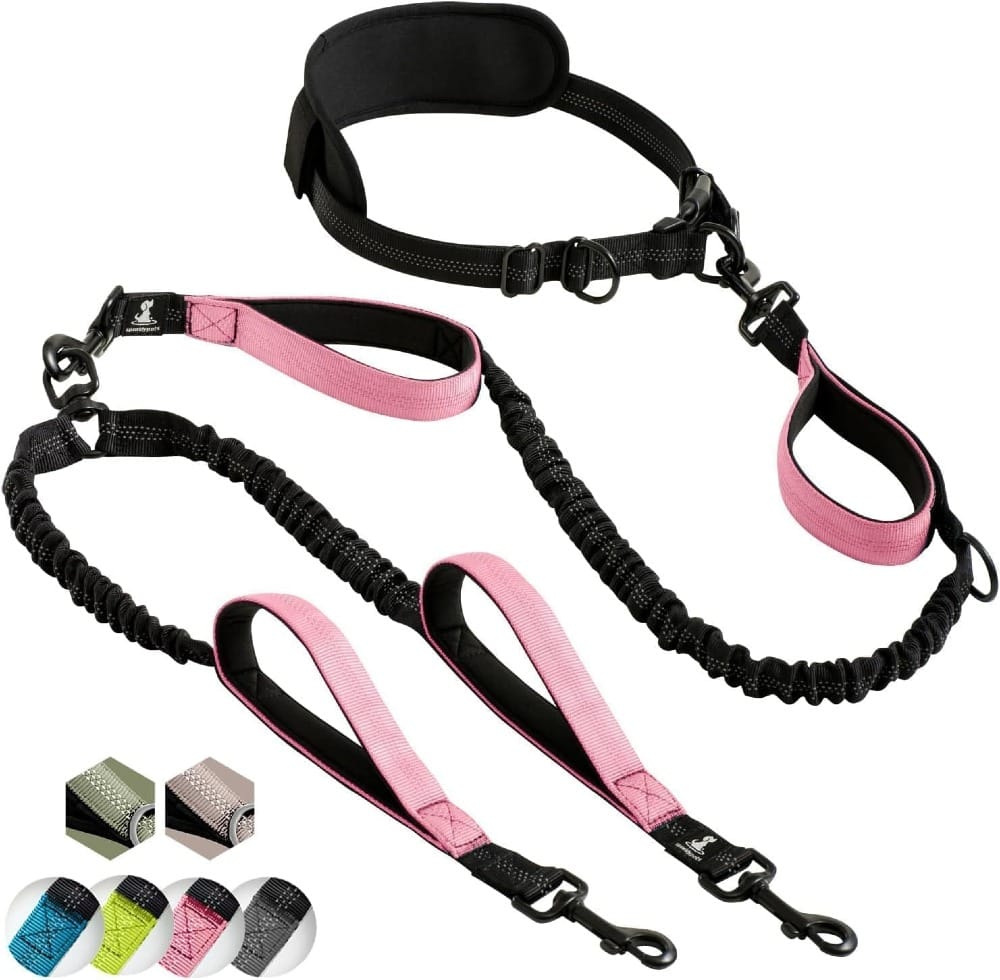Can I get that in English, please?

Upon receiving my biopsy results on my patient portal and going days with no correspondence from the breast imaging center, I hit the ground running. I actually called THEM on Monday afternoon to say I had seen the results and had taken things into my own hands. I understand that we live in a world of patient portals with labs posting info before specialists get a chance to see it, but this was a complete disconnect within the medical system that never should have happened. I’m very thankful to have been able to be-friend some of the nurses at the imaging center who have since gone above and beyond for me. I say this because my visits there were far from over...
By Monday afternoon, I had a list of suggested surgical oncologists from my uncle who is a doctor, and a friend put me in touch with her local Radiologist buddy who was able to help me understand my results. I had Invasive Ductal Carcinoma that was Estrogen and Progesterone-Positive/HER2-Negative, Nottingham Grade 3, with a Ki67 Proliferation Index of 60%. There was also a reported "prominent mid axillary lymph node". I’ll break this down in English here shortly, but not before I give a shoutout to those who gave me their valuable time as I started navigating my new reality. Receiving a cancer diagnosis can initially feel isolating, and needing to suddenly lean on outsiders and strangers adds another layer to all of it. I had to remind myself that it was okay and necessary to seek and use new resources (there's that oldest child syndrome trait again...it's HARD for us to inconvenience others). I looked into the different surgeons, landed on one a few hours away in Pittsburgh, PA, and called to set up an appointment. A breast MRI was ordered right away by their office to get as much insight as possible into the extent of the cancer.
Ahhhh…the April 25th MRI! I’ve had MRI’s before, so I thought I knew what to expect…I didn’t. Here’s a little Breast MRI 101: Before the MRI, I was made aware that the first 20 minutes would be without contrast, and the last 10 would be with the contrast. I expected that they’d let me know when they were injecting the Gadolinium (contrast), which would allow me to better gauge the time. A breast MRI is done face-down with arms overhead and an emergency squeeze ball in hand. Maybe it was just me & my bad shoulders, but it only took a whole few minutes for my arms to start burning before going completely numb (and not a good kind of numb). I kept telling myself that soon enough they’d be warning me of the contrast injection, which meant I only had 10 more minutes. That never happened. After what felt like an eternity, I needed to get out...but realized I couldn’t feel the squeeze ball at all, which put me into a panic. I WAS YELLING from within the machine and started trying to move…it just so happened that the scan was complete, and the table started retracting. I couldn’t get up on my own with my numb arms…and that’s when they told me it could’ve been done with my arms down at my sides. Say, what!? I nearly bailed at the tail end, which would've required a redo! While I hope to never need another breast MRI, this whole experience sticks with me as a huge “wish I knew…”
On May 7th, 2024 I had a marathon meet and greet with my Pittsburgh team all in one day: Even though my MRI showed "no suspicious axillary or internal mammary chain lymphadenopathy", a follow-up ultrasound was scheduled to take a closer look at the suspicious lymph node reported from my first ultrasound. There were plans to biopsy it that day if found necessary. In short-the radiologist confirmed that it looked normal to her, which was a huge relief. I proceeded on to meet my Surgical Oncologist, a Genetics Counselor, lab work for the genetic testing, and a Medical Oncologist. THIS is where it became extremely overwhelming! All of these appointments and conversations were about my surgical and other potential treatment options based on ultrasound images, biopsy pathology, the breast MRI, and pending genetic testing. This was an ‘if this, then that’, kinda day. At that time, there was no indication of lymph node involvement as my MRI only showed the single tumor approximately 1" in diameter on my left side. My first suggested step in treatment was surgery. Genetic testing was the only other result I was still waiting for as an additional layer of guidance. Depending on my surgical decision, I would possibly need to find a plastic surgeon, as well as a Radiation Oncologist. It was also suggested that I have my Mirena IUD removed because the Mirena contains localized hormones, so I scheduled that for later in May.
Surgery is not necessarily the first step in all breast cancer cases, as there are different types of breast cancer. From my understanding, some tumor types have a better response to chemotherapy, which is why we might all know someone who had chemo before surgery.
Here’s the skinny on my breast cancer diagnosis as I’ve learned to understand it: the easiest way to say it is, "ER PR-positive/HER2-negative" breast cancer. "ER" = Estrogen, "PR" = Progesterone. These designations are sometimes combined and referred to as "HR" which stands for "Hormone Receptor". Lastly, "HER2", (pronounced "her-two") stands for "Human Epidermal Growth Factor Receptor 2". In a nutshell, my breast cancer cells had receptors for both the ER & PR hormones, picking up on hormone signals that promote cancer cell growth. Luckily, the cancer cells were negative for the HER2 protein that controls cell growth at a more rapid pace. 70-80% of breast cancer cases fall into this category, and I was reassured by my surgical oncologist that I had time to make decisions. Let me tell you, though, that NOTHING can be said to put a newly diagnosed cancer patient’s mind at ease. Science may sometimes point in the direction of "time”, but every day feels like an eternity of "what-ifs" while waiting for clarity and answers.
While we waited for my genetic testing to come back, I took a deep dive into anything I could find to help me make the best surgical decision. Prayer. Podcasts. I joined a local nonprofit support group for young breast cancer patients. There is something to be said about hearing other survivor and thriver stories directly from women who have gone through it. There is also a level of realism within a group like this that isn’t portrayed by the medical experts. Our local group is called Linked by Pink, and it has served in my area since 2008. LBP’s mission is to increase awareness of young people diagnosed with breast cancer, and I would strongly encourage everyone to find a group like this early on. It was very helpful to know how their experiences went with their surgical decisions as my "standard of care" options were:
1) Lumpectomy (definitely need radiation with this one), with or without reconstruction
2) Single Mastectomy (still need radiation with this one) with or without reconstruction
3) Double Mastectomy (no radiation as long as lymph nodes were clear) with or without reconstruction
After much consideration, I opted for the Double Mastectomy (DMX) with reconstruction in hopes that my nodes would be clear and radiation could be avoided. I had received my genetic testing results back, showing that I had the Chek2 mutation. This gene mutation, most likely inherited, increases my risk of breast cancer by 30% & also increases my risk of colon cancer. As far as the other markers previously mentioned, here's a clearer explanation as promised: The Nottingham Grading scale is pretty in depth in itself, but a grade 3 is the highest grade and classified as cancer cells that are more aggressive. My Ki67 proliferation index was reported at 60% from the biopsy and it came with a moderate risk of recurrence. I asked the same questions over and over again, while researching and taking notes on what it all meant...I needed to fully understand every aspect in a way that made sense to me! I felt like I was making the right decision with the DMX. Although nothing is guaranteed, I wanted the cancer removed, my risk of recurrence decreased, and to feel most like myself at the end of the day. The location of my tumor was abutting (without invading) my pectoralis muscle, so I was given the option to spare my own "outer shell", which I opted for. With reconstruction in play, I then needed a plastic surgeon.
Additionally, the need or benefit of chemotherapy couldn’t be determined until pathology came back from the surgery. You better believe I asked if they could use my biopsy tissue to expedite the necessary data, but it doesn't work like that. They re-examine the tumor tissue post-op, especially the gnarliest parts, to confirm or create addendums to what is already known.
During this time, I was asked a lot of questions from people...like, "so you'll need chemo?" or "they'll just do radiation and you'll be done?" I'd probably ask the same things if I didn't know better, but here's a little advice to those who are genuinely curious: Please don't make assumptions when asking questions. It's really hard to navigate a space of so many unknowns, and these questions come as constant reminders to that. If I'm being honest, I think I found it frustrating that I was even in a position to be asked these questions! However, questions like, "What are your next steps?" or "How are you handling it all so far?" seemed to feel more comfortable. It also became therapeutic for me to vent about known details without having to explain why there wasn't much of a future plan, yet.
I had really been looking forward to enjoying the upcoming summer with family, and friends…a summer of being in the moment without having to be “on tap”. I felt robbed of it all and started grieving things that had yet to happen. I also grieved for Ryan because his life was altered in all of this, too. There were many moments of tears, both individually and together; however, we maintained as much normalcy as possible from the April diagnosis to my June surgery...we kept showing up! I found a therapist for the first time ever just to talk through it all. I was still able to enjoy things like my son's first steps at 10 months old, being back to work from maternity leave, live music around town, going for stroller jogs at the peninsula, etc... (the stroller jogs were a mom goal that actually went as expected for me)...The Baby Jogger Summit x3 was a GREAT investment even though we had 2 other strollers. I craved the challenge of running behind that thing and blowing off steam with our son in tow. To this day, when I really want to step it up a notch, I bring our 2 dogs along for the insanity on a double waist leash. I did things with a new perspective; focusing on the positives, writing down silver linings, and avoiding things that caused more stress or brought less joy. Don't get me wrong--nothing came without the underlying anxiety of my diagnosis, but I was determined to keep doing whatever I could to prepare my mind & body for life-changing surgery so that we could get closer to putting it all behind us.
The items that just might also bring YOU joy:

